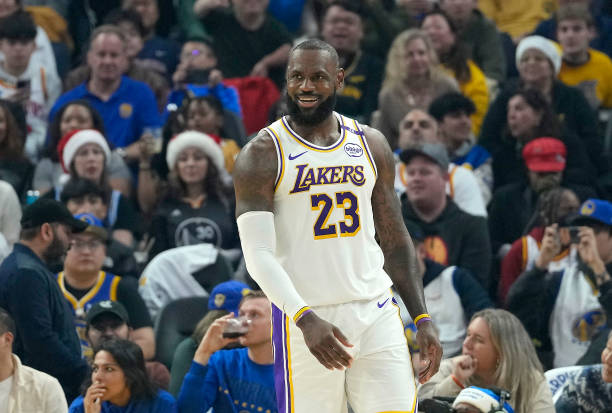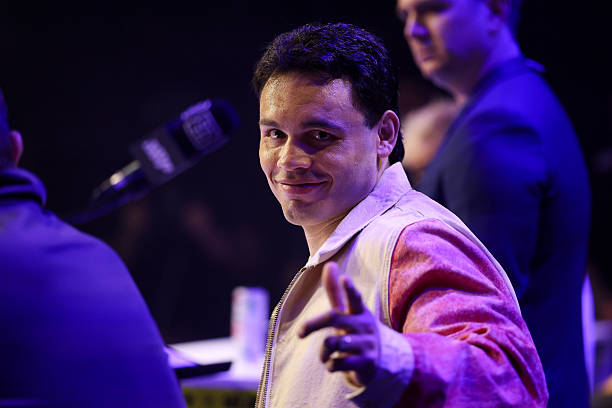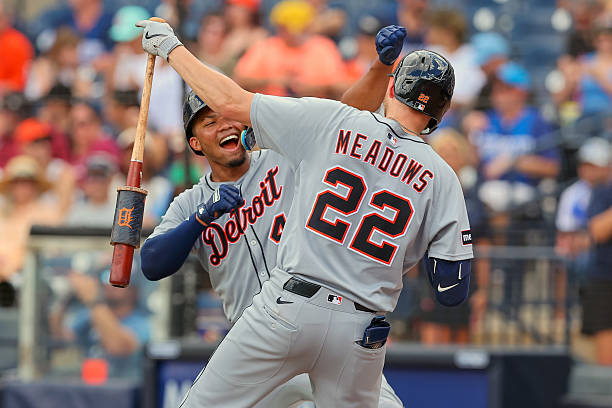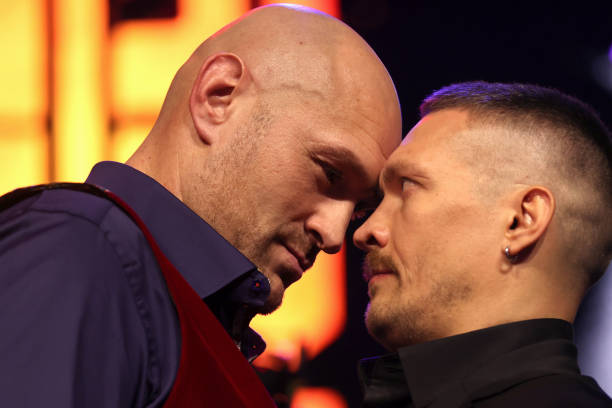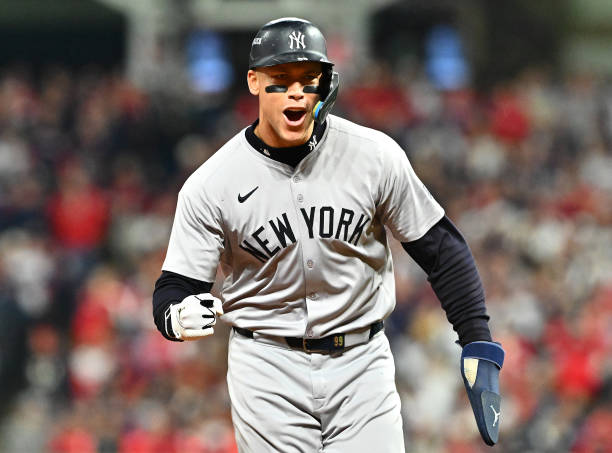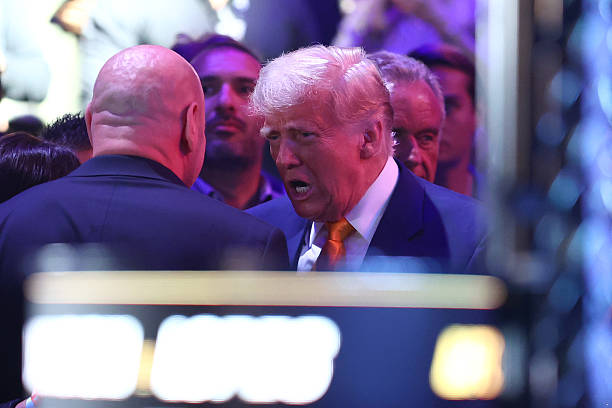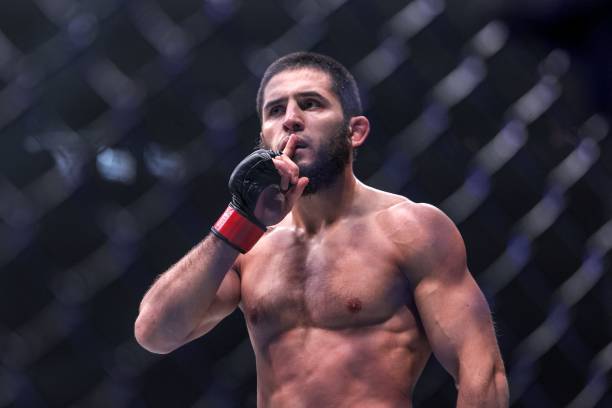LeBron James opting into the final year of his contract with the Los Angeles Lakers has sparked a flurry of speculation about his future. Historically, James’ availability has been a seismic event in the NBA, with teams going to great lengths to secure his services. However, the current situation is different. Despite his status as one of the greatest players in NBA history, the market for James’ services appears to be surprisingly quiet. This article delves into why trading James makes sense for the Lakers, the challenges posed by the new Collective Bargaining Agreement (CBA), and the potential implications for both the player and the team.
The Case for Trading LeBron James
LeBron’s Contract Decision
On Sunday, LeBron James opted into the final year of his contract with the Lakers. His agent, Rich Paul, released a statement indicating that James was not entirely thrilled with this decision. James wants to compete for a championship, and while he understands that the Lakers are building for the future, he values a realistic chance of winning it all. The Lakers’ recent moves, including losing key free-agent wing Dorian Finney-Smith to the Houston Rockets and adding Deandre Ayton and Jake LaRavia in free agency, do not seem to align with James’ championship aspirations.
The Lakers’ Current Roster and Future Plans
The Lakers appear to be slow-playing their build around Luka Dončić, which doesn’t align with James’ timeline. James is on a year-to-year plan, and given his age and the team’s direction, it seems unlikely that the Lakers will be able to re-sign him as a free agent next summer. If the Lakers are not planning to genuinely compete for a championship in James’ final year, trading him makes sense. They could potentially acquire assets that align with their future plans.
The Role of the No-Trade Clause
James has a no-trade clause, giving him significant control over where he ends up if the Lakers decide to trade him. This clause limits the number of teams he would be open to joining. Reports suggest that potential suitors like the Cleveland Cavaliers, New York Knicks, and Dallas Mavericks are not showing significant interest in trading for James. The Cavaliers are reportedly “not that interested,” the Knicks have dismissed the idea, and the Mavericks would only consider James in a buyout situation.
The Impact of the New CBA on Potential Trades
Salary Matching Challenges
The new CBA has introduced stricter rules for salary matching in trades, making it more difficult for teams to absorb high salaries like James’. Under the old rules, teams could absorb up to 125% of the money they send out in a deal, plus $100,000. However, the new CBA has changed this landscape significantly.
Financial Constraints for Potential Suitors
-
Cleveland Cavaliers: The Cavaliers are currently $20 million above the second apron, making it impossible for them to match James’ salary dollar-for-dollar. They would need to include significant players like Darius Garland and others to make a trade legal.
-
New York Knicks: The Knicks are hard-capped at the second apron due to their use of the taxpayer mid-level exception. They would need to add substantial salaries like Mitchell Robinson to complete a trade for James.
-
Dallas Mavericks: The Mavericks are also hard-capped and would need to include multiple players to match James’ salary, making the trade impractical.
These financial constraints make it difficult for teams to create trades that would have been possible under the old CBA. The salary demands and hard caps make it nearly impossible for championship-caliber teams to absorb James’ $52.6 million salary.
Is a Trade Still Possible?
Despite the challenges posed by the new CBA, there is still some level of interest in James on the trade market. At least four teams have reportedly reached out to James’ agent, Rich Paul, to inquire about a trade. However, finding teams that both want James and can navigate the salary constraints is a significant challenge.
Potential Suitors and Their Constraints
-
Golden State Warriors: The Warriors tried to acquire James at the 2024 trade deadline. To do so now, they would need to include Jimmy Butler, which might not align with the Lakers’ desire to get younger and more athletic.
-
Los Angeles Clippers: The Clippers have some flexibility with their first-apron hard cap, but they would need to stack several role player salaries to get James. Their commitment to a two-star system with a deep roster makes it unlikely they would change their plan for James.
FAQ
Why is LeBron James considering a trade?
LeBron James wants to compete for a championship, and the Lakers’ recent moves do not align with his championship aspirations. His agent, Rich Paul, indicated that James is not entirely thrilled with the decision to opt into the final year of his contract.
What is the no-trade clause and how does it affect potential trades?
The no-trade clause gives LeBron James significant control over where he ends up if the Lakers decide to trade him. This clause limits the number of teams he would be open to joining, making it more challenging for the Lakers to find a suitable trade partner.
How does the new CBA impact potential trades for LeBron James?
The new CBA has introduced stricter rules for salary matching in trades, making it more difficult for teams to absorb high salaries like James’. Teams like the Cleveland Cavaliers, New York Knicks, and Dallas Mavericks face significant financial constraints that make it nearly impossible to create trades that would have been possible under the old CBA.
Are there any teams still interested in trading for LeBron James?
Yes, at least four teams have reportedly reached out to James’ agent, Rich Paul, to inquire about a trade. However, finding teams that both want James and can navigate the salary constraints is a significant challenge.
What are the implications for the Lakers if a trade does not happen?
If a trade does not happen, the Lakers are likely to lose James for nothing after his final year. Given their reported shift towards “youth and athleticism,” it is unclear whether they want to re-sign James as a free agent next summer. Trading him now could potentially yield assets that align with their future plans.
Conclusion
The situation surrounding LeBron James and the Los Angeles Lakers is a complex one. While trading James makes sense for the Lakers given their current trajectory and James’ championship aspirations, the new CBA has created significant hurdles for potential trades. The financial constraints and salary matching challenges make it difficult for interested teams to create viable trade scenarios. As the NBA landscape continues to evolve under the new CBA, the future of LeBron James in Los Angeles remains uncertain.
